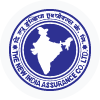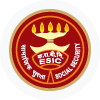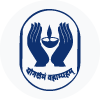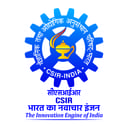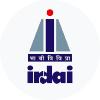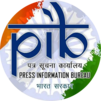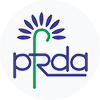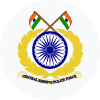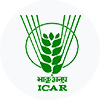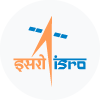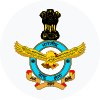CAT Syllabus
CAT exam syllabus is a comprehensive guide for those candidates who want to prepare for Common Admission Test (CAT), which is a national-level entrance exam for admission to various management programs in India. CAT exam syllabus covers three main sections: Verbal Ability and Reading Comprehension (VARC), Data Interpretation and Logical Reasoning (DILR), and Quantitative Ability (QA). Each section has different topics and subtopics that test candidates' skills and aptitude in various domains.
Verbal Ability and Reading Comprehension
VARC section tests candidates' ability to read, comprehend, analyze, and interpret different types of texts, such as passages, paragraphs, sentences, and words. VARC section also assesses candidates' grammar, vocabulary, and verbal reasoning skills. VARC section consists of 26 questions, out of which 18 are based on reading comprehension passages and 8 are based on verbal ability topics. Total time allotted for this section is 60 minutes.
Verbal Ability and Reading Comprehension
- Para Jumbles (with and without options)
- Para Summary
- Odd One Out
- Reading Comprehension
- Para Completion
Data Interpretation and Logical Reasoning
DILR section tests candidates' ability to interpret, analyze, and solve various types of data sets, such as tables, graphs, charts, caselets, etc. DILR section also assesses candidates' logical reasoning skills, such as identifying patterns, relationships, sequences, etc. DILR section consists of 24 questions, out of which 12 are based on data interpretation topics and 12 are based on logical reasoning topics. Total time allotted for this section is 60 minutes.
Data Interpretation
- Tables
- Data Caselets – Reasoning-Based DI
- Column Graphs
- Bar Graphs
- Venn Diagrams
- Line Charts
- Pie Charts
- Scatter Plot
- Radar Chart
- Routes and Network
- Bubble Chart
Logical Reasoning
- Binary Logic
- Games and Tournaments
- Arrangements
- Team Formations
- Order and Ranking
Quantitative Ability
QA section tests candidates' ability to solve various types of mathematical problems, such as arithmetic, algebra, geometry, number system, modern math, etc. QA section also assesses candidates' quantitative reasoning skills, such as applying formulas, concepts, and techniques to solve problems. QA section consists of 26 questions, out of which 18 are multiple-choice questions (MCQs) and 8 are non-MCQs or type in the answer (TITA) questions. Total time allotted for this section is 60 minutes.
Number System
- LCM and HCF
- Divisibility Rules
- Base Change
- Finding Units place and tens place of a number
- Cyclicity
- Remainders
- Prime Factorisation
- Factorials
- Indices and Surds
Arithmetic
- Time, Distance and Speed
- Time and Work, Pipes and Cisterns
- Simple Interest and Compound Interest
- Ratios, Proportions and Variations
- Percentages and Averages
- Profit and Loss, Discount
- Mixtures and Alligations
Geometry and Mensuration
- Circles
- Triangles
- Polygons
- Coordinate geometry
- Lines and Angles
- Trigonometry
- Cone
- Cylinder
- Sphere
- Cube/Cuboid
- Prism Pyramid
Algebra
- Inequalities and Modulus
- Functions and Groups
- Linear and Quadratic Equations
- Polynomials
- Logarithms
- Algebraic Identities
- Maxima and Minima
Modern Mathematics
- Permutations and Combinations
- Probability
- Set Theory & Venn Diagram
- Binomial Theorem
- Arithmetic progression, Geometric progression, Harmonic progression
CAT exam syllabus is based on the middle school level math and English topics. However, the difficulty level of the questions is high and questions are designed to be tricky and challenging. Therefore, candidates need to have a thorough understanding of concepts and a good practice of solving different types of questions. CAT exam syllabus is not fixed or predefined by IIMs, who conduct this exam every year. Therefore, candidates need to be updated with the latest CAT exam syllabus and prepare accordingly.
 Mock Tests
Mock Tests Category
Category











